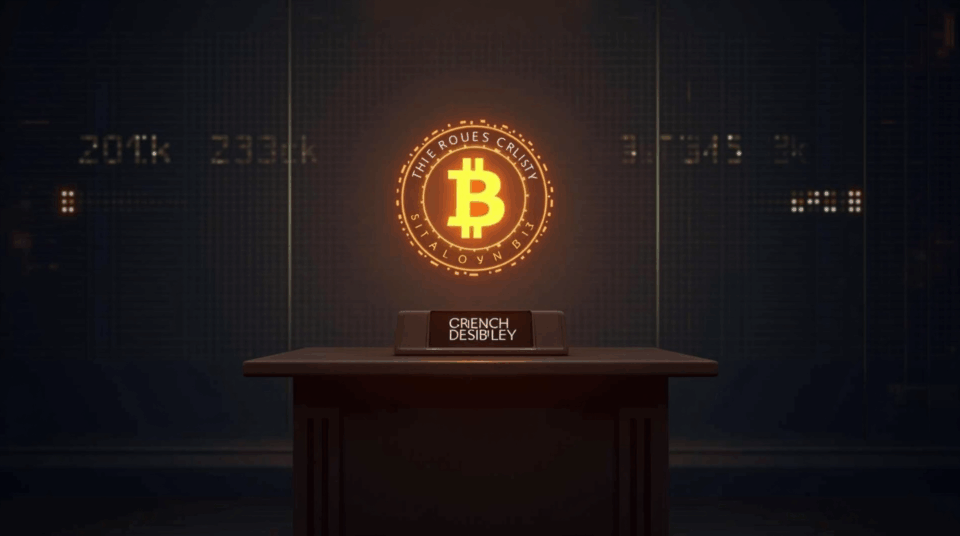A new predictive model analyzes the impact of a proposed bill in the United States Congress, which could authorize massive BTC purchases for a strategic reserve. This event is a decisive factor for the future Bitcoin price prediction, as government intervention would completely alter the asset’s supply and demand balance.
The analysis focuses on a bill proposing that the federal government accumulate up to 1 million BTC over five years. The U.S. Treasury already holds nearly 200,000 BTC from seized assets, but this law would mandate active market purchases. If a directive to acquire 200,000 BTC annually is approved, government demand would outpace the new post-halving Bitcoin supply (164,250 BTC/year), creating a structural supply deficit.
The significance of this scenario lies in its potential to generate an unprecedented “supply shock.” By exceeding the creation of new coins, the government would be forced to buy BTC from the circulating supply on exchanges and OTC markets. These markets already exhibit tight liquidity, so demand of this magnitude would intensify the asset’s scarcity. The model suggests this would force prices upward to incentivize holders to sell.
The Algorithm’s Four Scenarios
The AI model evaluates four potential legislative outcomes for the Bitcoin price prediction. An aggressive purchase mandate could push the price into the $130,000 to $160,000 range. A slower, more consistent buying scenario would place it between $125,000 and $145,000. If the law only formalizes current reserves without new acquisitions, the impact would be moderate, stabilizing the price by reducing regulatory uncertainty around $125,000.
The progress of the “Bitcoin Strategic Reserve Act” is a key turning point. The next steps in congressional committees will be crucial in validating these predictions. The final decision, whatever it may be, will define the market’s trend, proving that government regulation is now one of the most powerful catalysts for the future of the world’s leading digital asset.

